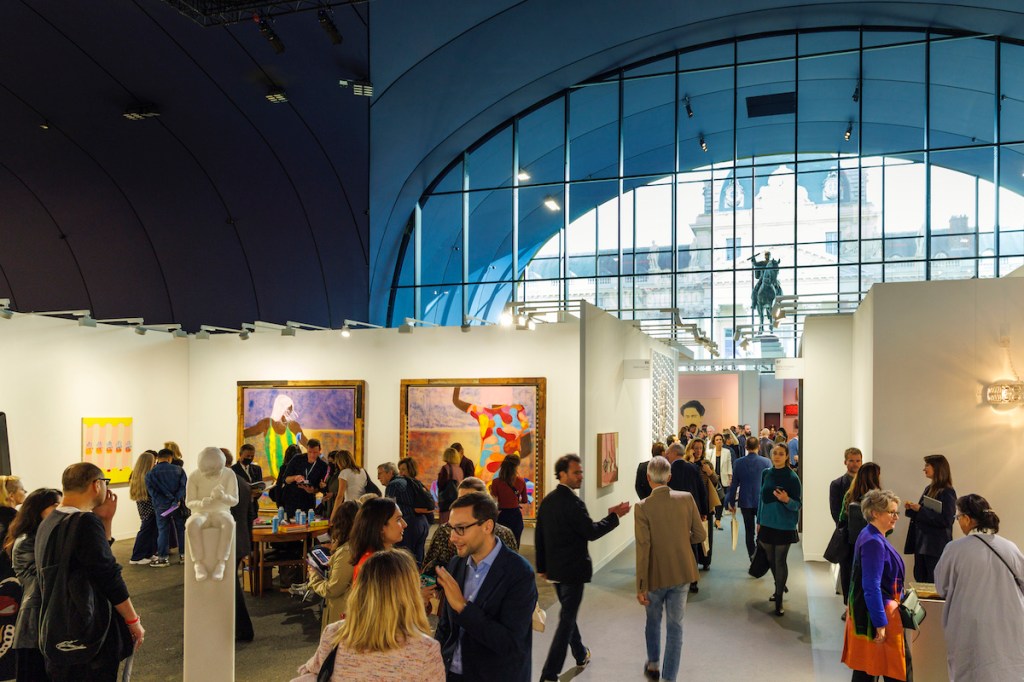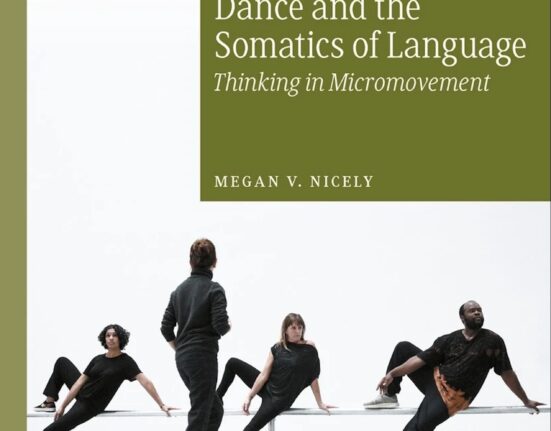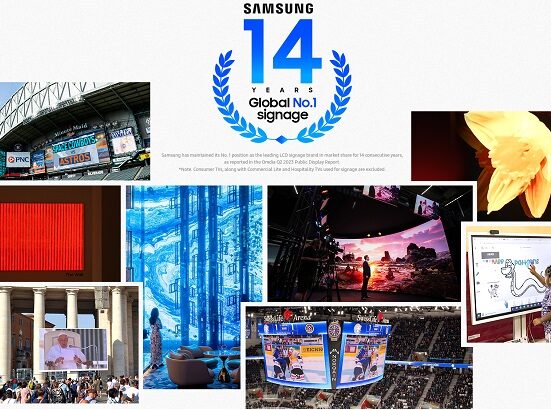
Photo Luc Castel/Getty Images
Around 120 French artists signed a Le Monde op-ed that decries a new European Union tax directive that threatens to dramatically raise the cost of selling art in France.
“Some will no doubt be surprised to see artists take up the pen on the occasion of such a measure. It is because this directive, if it is transcribed as such into French law, is a threat to the French artistic scene,” wrote the signatories.
Among the signatories are Zineb Sedira, who recently represented France at the Venice Biennale, and Gérard Garouste, who has a Centre Pompidou retrospective now on view. Daniel Buren, Orlan, Fabrice Hyber, Julian Charrière, JR, Annette Messager, Matthew Lutz-Kinoy, Ugo Rondinone, and Martial Raysse were also among those who signed the letter.
The letter continues: “It is indeed an entire ecosystem that is in danger, in which the institutions, the market and we, the artists, participate. For what? In a globalized system where our works are sold at the same price in Paris, Brussels, London, Hong Kong or New York, the multiplication of this VAT by four would discourage any purchase of works in France, and thereby their circulation and ultimately their presence in Europe and France.”
The new EU tax directive, adopted unanimously by European Commission on April 5, 2022, would raise the import sales tax of goods, including artworks, from 15 percent to 20 percent for all 27 EU members. The directive would also curtail a “margin scheme” used by French dealers to curb the amount VAT paid for individual works. The passing of the VAT escaped wider notice until the French financial daily Les Echos published a report late last month exploring its outsize implications for the France’s art and antiquities market.
The report stated that the VAT would have a catastrophic impact on France’s resurgent art market, which enjoyed a rise in global art sales, from 3 percent of all transactions of the sort in 2001 to 7 percent in 2021. Within the last decade, mega-enterprises David Zwirner and Hauser & Wirth have established outposts in the French capital, while Art Basel’s inaugural Paris+ last yaer attracted some 40,000 attendees during its run.
France’s market success can be partly credited to its implication of the EU’s lowest import tax on art and antiquities, which stands at 5.5 percent. This is drastically lower than the tax adopted by EU countries with comparable art economies, such as Germany (19 percent) and Spain (21 percent).
In February, France’s Comité Professionnel des Galeries d’art (CPGA) announced that it would lobby the French government for an exception from the new VAT. In a press release, the organization said it was “alerting the Ministry of Culture to obtain an exception for works of art from Bercy [the Ministry of Finance], or for France to negotiate a moratorium at European level.” The organization added in its press release that the directive would inordinately benefit France’s direct art market competitors, the United States, Switzerland, Hong Kong, and the United Kingdom (which was positioned pre-Brexit as the entry point for international buyers into the EU’s market).
“Culture needs to circulate, to be shared in order to shine in France, in Europe and in the world,” the artists wrote in Le Monde. “At a time when all the great powers are implementing powerful strategies of cultural soft power, how is it that Europe and our country, the one that invented the cultural exception, are giving up their wealth?”






